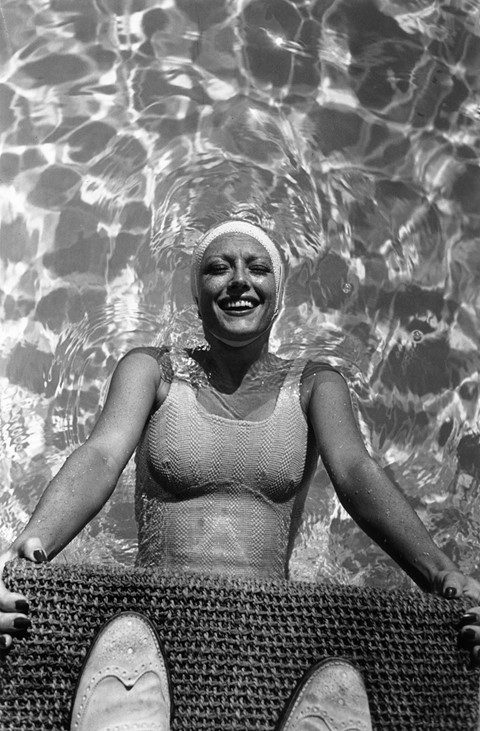We discover the history of star-centric photography via a fascinating new show at Getty Images Gallery
The notion of celebrity is a complex thing, and one that is intimately connected to the dissemination of a star's image. Nowadays, many celebrities have become the champions of their own image – perhaps a reaction to the intensified zeal of the paparazzi over the past few decades – thanks to platforms like Instragram, which allow them to take, edit and share their photographs with their fans directly. Formal celebrity portraiture still exists of course – normally in the form of magazine photography features, be it fashion stories or more "intimate" shoots offering an inside glimpse into stars' private lives – but the mythology shrowding celebrity figures has largely evaporated, as we simply have more access to them.
In the past however, celebrity portraiture was often the only connection fans had to the rich and famous, such photographs their sole means of gaining a better understanding of their idols, and as a result, the images often came to have as much of a cult status as the celebrities themselves. Now, a new exhibition explores the fascinating history of celebrity photography and how, during its chronology, various different formats and styles have emerged, which all succeed in bridging the distance between stars and their audience. Here, we consider some of the medium's key moments via a selection of images from the show.
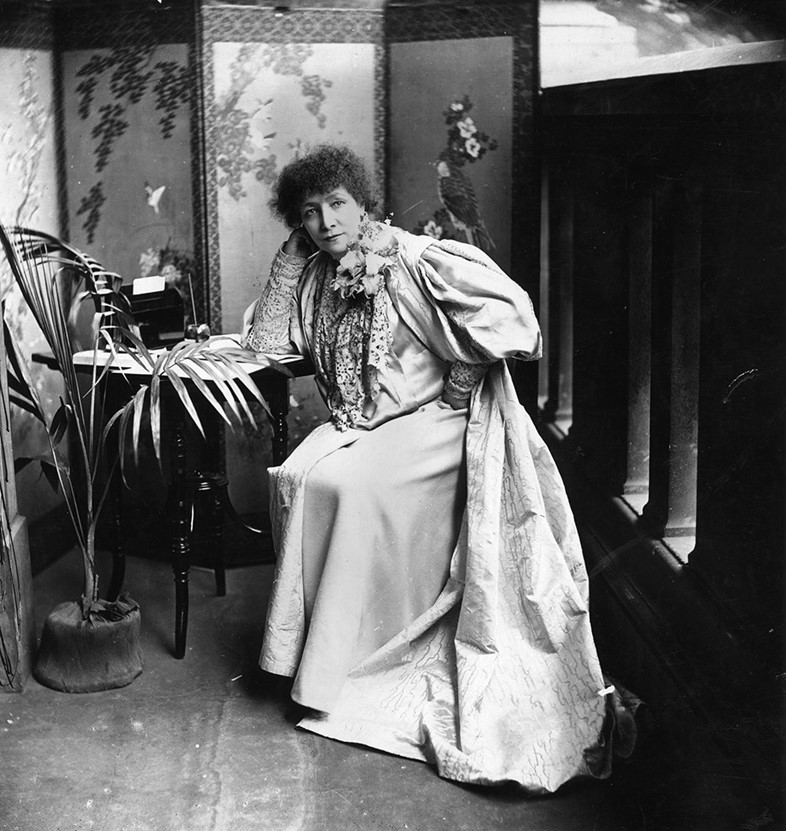
Nineteenth Century Origins
Prior to the invention of photography in 1839, public figures were depicted in paintings, coins and statues but as the medium emerged, it was utilised to make a deeper connection between celebrities and their audiences. Born in 1844, Sarah Bernhardt has been described as the most famous actress ever known, celebrated for her roles including Cleopatra and Lady Macbeth. This image of the actress was taken while she was on a visit to London. She sits at a table in a paradoxically relaxed yet choreographed pose, whilst her penetrating gaze stares out to the viewer.
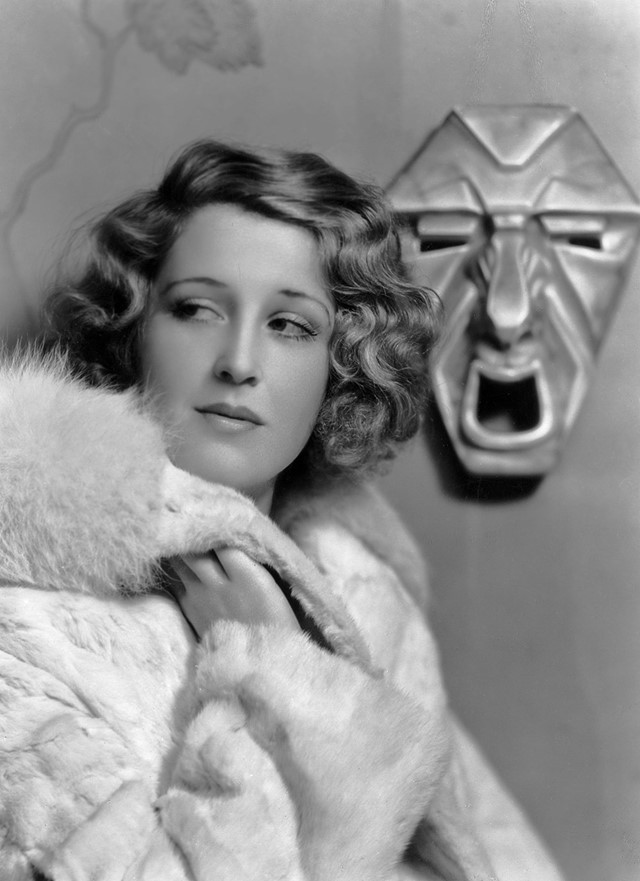
Early Twentieth Century
From the beginning of the twentieth century, portrait photography of celebrities started to show influences from avant-garde art movements. In this beautifully shot image of British actress Betty Stockfield taken by photographer Alexander Stewart, who went by the pseudonym Sasha, the mask in the background mirrors the face of the sitter, artfully demonstrating the relationship between photography and Cubism, Surrealism and Dadaism.
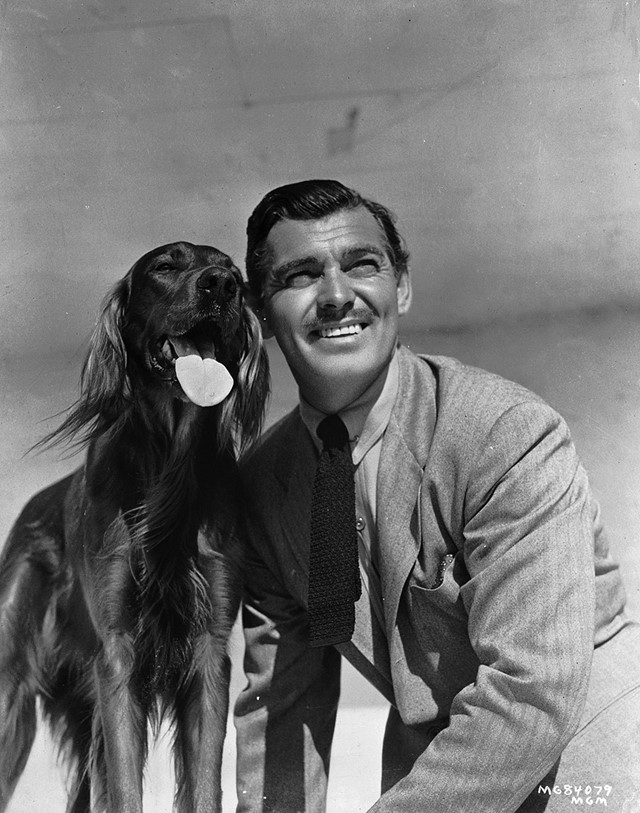
Revealing the Personality
By the middle of the twentieth century, the actor’s promotional head shot had become a familiar trope within portrait photography, but these images failed to reveal anything more than the physical appearance of the star. The public wanted more from their photographs and a new wave of celebrity photojournalism emerged. This image shows "The King of Hollywood", American actor Clark Gable, with Lord Reily of Redwood, his prize winning Irish Setter. The photograph, taken around 1941, provides insight into the actor’s personality and private life; both dog and owner look relaxed and most importantly unaware of the photographer, creating a more informal and intimate portrait. In another photograph actress Joan Crawford swims in a pool in an offbeat recreational moment. These photographs lack the careful compositioning and meticulous posing of earlier celebrity photographs, chipping away at the boundaries between viewer and subject.
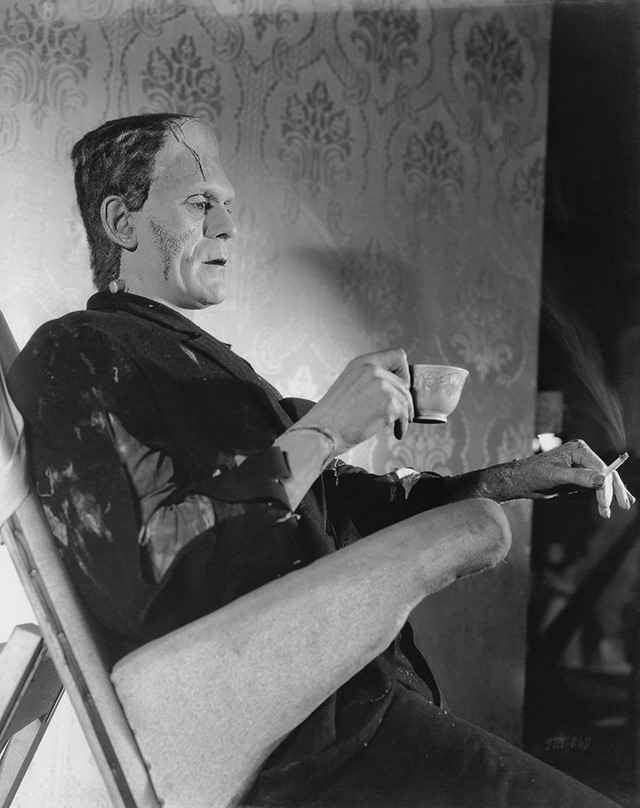
The Mythology of the Image
In this iconic image, actor Boris Karloff sits in full make-up and costume for his famous role as Frankenstein’s monster, sipping from a cup of tea and smoking a cigarette. It’s a candid shot that provides a glimpse into the inner workings of one of the film industry's biggest enterprises, yet it reveals little of the actor himself and succeeds in perpetuating the myth of Karloff as monster rather than actor. In another of the show's images, Marlon Brando is in character as Stanley Kowalski in A Streetcar Named Desire and stares moodily into the lens of the camera. It was a legendary portrayal of masculinity that became synonymous with Brando’s own public image, and highlights the difficulty in separating the actor from the roles they became famous for.
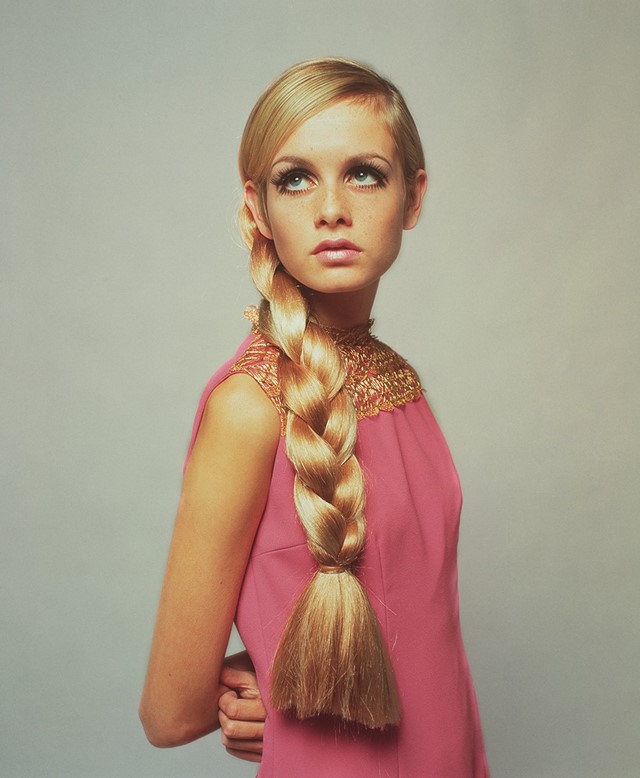
Photography and Celebrity
In many instances, photography has determined the very nature of the celebrity, the sitter gaining more recognition for their image and appearance than for anything else. This was the case with 60s model Twiggy. When fashion journalist Deirdre McSharry saw a photograph of an undiscovered Twiggy in a hair salon in 1966, she arranged to meet the young aspirant to have more photographs taken. A few weeks later the Daily Express ran an article with the photographs, proclaimed Twiggy to be “The Face of ‘66”. Sure enough, a year after its release, the model had appeared in thirteen separate fashion shoots in international Vogue editions. Twiggy’s appearance was, and remains, iconic and was dependent on the wide dissemination of her image through photography.
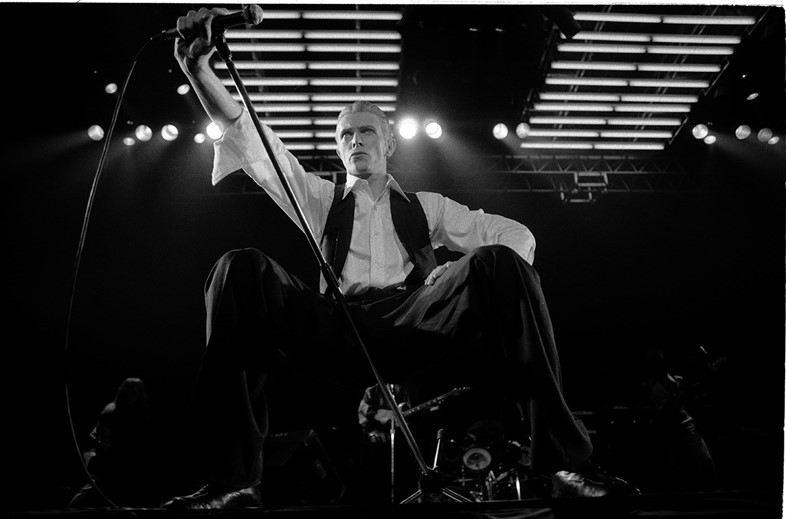
Capturing the Moment/Movement
A single photograph can capture a fleeting moment in time that perfectly encapsulates a whole cultural phenomenon or artistic movement. Such is the case with this image of David Bowie, which captures the singer's elaborate pose mid-performance. The photographer Michael Putland is situated right beneath the singer at the front of the stage and offers the viewer a unique perspective as well as insight into what it might have been like to see Bowie perform during the peak of his rise to international stardom. Putland is famous for capturing such historic moments in musical history especially during the 1970s, when music was the most powerful driving force behind popular culture.
Gods and Monsters is at Getty Images Gallery until August 22.
